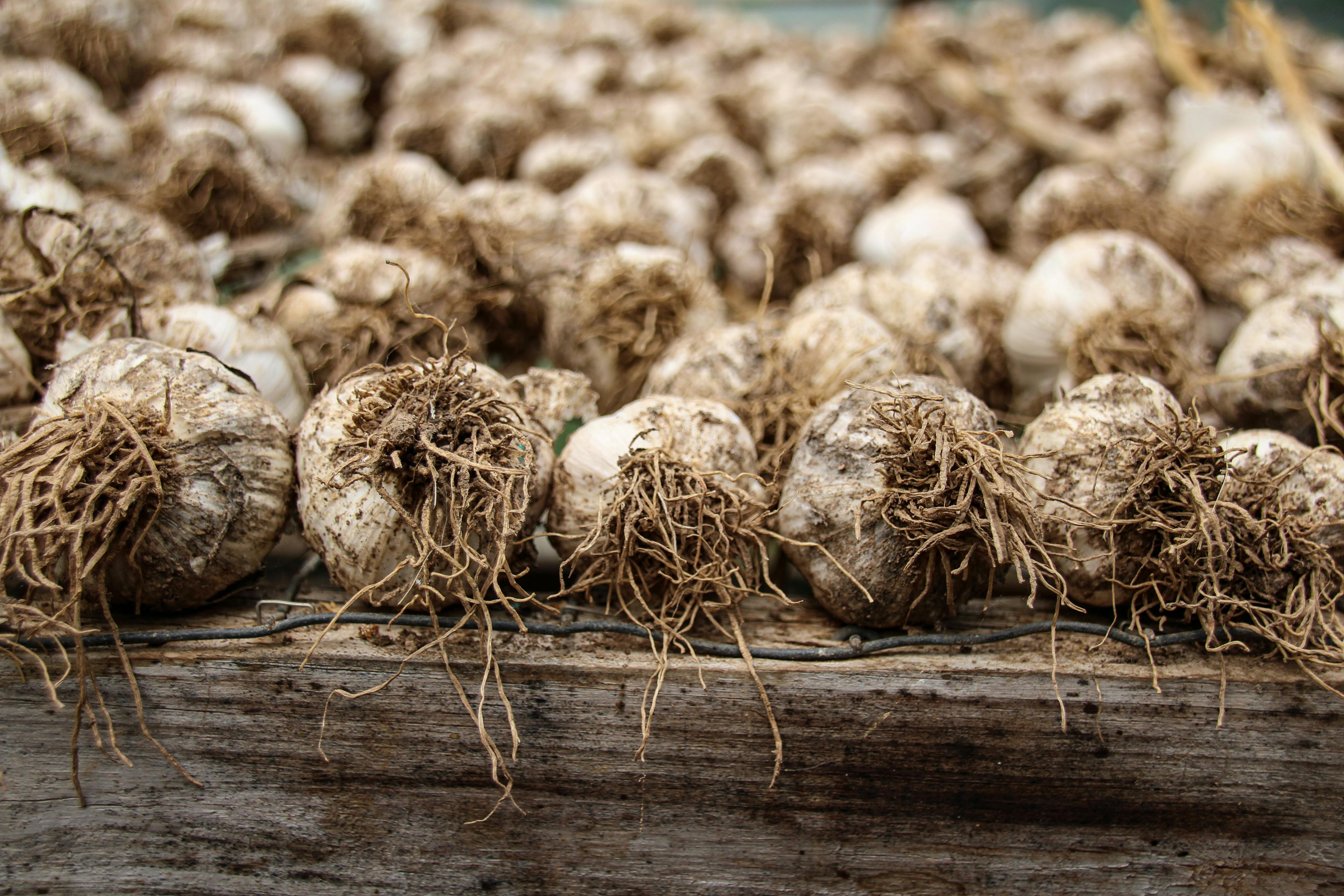
Effective Ways to Reheat Pizza in the Oven for a Delicious Result in 2025
Pizza is one of the most beloved foods worldwide, and leftovers often find themselves in our refrigerators, just waiting to be enjoyed again. Knowing how to effectively reheat pizza can make the difference between a soggy disappointment and a perfectly crispy treat. This article will explore pizza reheating methods with a focus on techniques that ensure your reheated slices maintain their delicious flavor, texture, and appeal.
With the growing increase in pizza options, including homemade, frozen, and takeout varieties, it’s essential to understand the best practices for reheating pizza. Using the oven not only provides even heating but can help achieve that crispy crust we all crave. Our exploration will cover various pizza warming techniques, suggest optimal oven settings, and provide expert tips for avoiding soggy pizza.
Throughout the article, we'll highlight key takeaways and equip you with the tools needed to create the perfect reheated pizza experience. Let's dive into the delicious world of reheating leftovers!
Essential Techniques for Reheating Pizza in the Oven
Building on our understanding of pizza, let’s take a closer look at the essential techniques for reheating pizza. The oven stands out as an option for retaining the integrity of your pie. With controlled temperatures and a consistent heat source, you can achieve optimal reheating results.
Understanding the Ideal Oven Temperature for Pizza
To achieve the best results when reheating pizza, it’s crucial to set your oven to the right temperature. For thin crust, set your oven to 375°F (190°C) and for thicker crusts, you might want to go a bit higher, around 400°F (200°C). This temperature range allows for even cooking and helps to keep the crust crisp without burning. The oven reheating guide provides further detail about the ideal settings for various pizza types.
Using Foil to Maintain Moisture
One effective method to prevent pizza from drying out while reheating is using aluminum foil. Wrap the pizza slice loosely to keep it from becoming too crisp while also retaining moisture. This wrapping technique is particularly helpful for cheesier slices that might lose their gooeyness if exposed directly to heat.
Reheating Frozen Pizza in the Oven
If you have frozen leftovers, the oven is still your best friend. Preheat your oven to 425°F (220°C) and bake the frozen pizza directly on the oven rack or on a baking sheet for a crispy base. This method ensures an evenly heated pizza with no soggy spots. Remember to check the internal temperature to 165°F (74°C) to ensure safety.

Strategies for Keeping Pizza Crispy After Reheating
With these basics established, we can now explore further strategies for keeping pizza crispy while reheating pizza. A crunchy crust boosts the overall enjoyment, making reheating an art form worth mastering.
Positioning Your Pizza in the Oven
Where you place your pizza in the oven can greatly impact its reheated quality. For more even heating, place the pizza slice directly on the oven rack. This allows air circulation to crisp the bottom while avoiding a soggy texture. If you're concerned about cheese dripping, you can place a baking sheet underneath the rack to catch any excess.
Utilizing a Baking Sheet for Best Results
If you prefer a gentler heating method that doesn’t compromise moisture balance, consider using a baking sheet. Preheat the sheet for about 5 minutes before placing your pizza on it. This initial heat from the sheet will ensure a crunchy base while preventing the toppings from drying out.
Timing Your Reheating Properly
Knowing how long to reheat pizza is just as important as knowing the temperature. Generally, reheating pizza in the oven should take between 10 to 15 minutes, depending on thickness and toppings. Keep an eye on your pizza after the 8-minute mark to avoid overcooking.
Preparing Different Pizza Types for Reheating
Next, let's delve into the specifics of reheating various pizza types. Different styles of pizza may require unique handling to ensure they reach their maximum potential in flavor and texture.
Reheating Thin Crust Pizza
Thin crust pizza reheating requires special attention as it can dry out quickly. To avoid this, utilize a lower temperature of around 350°F (175°C) and check regularly. Thin crust pizzas typically need just 5 to 8 minutes of reheating time to stay crisp without becoming overly brittle.
Reheating Deep-Dish Pizza
Deep-dish pizzas are loaded with toppings and sauce, requiring a higher temperature and longer reheating duration. Set your oven at 400°F (200°C) and reheat for around 15-20 minutes, ensuring that the center reaches at least 165°F (74°C). Covering with foil initially can help heat the pizza evenly without burning the top layer.
Reheating Homemade Pizza
For homemade pizza, adjust reheating times based on the ingredient density. A homemade veggie or meat lover’s pizza may require longer exposure compared to a simple cheese pizza. Always prioritize even heating by using a baking sheet initially then transferring to the oven rack for the last few minutes.

Best Practices for Reheating Pizza Without Sogginess
With these outlines in place, it is essential to discuss the best practices for reheating pizza without sogginess. Avoiding moisture-related issues can significantly enhance your reheated pizza experience.
Warming Up Without Losing Flavor
Maintaining the original flavor and texture of your pizza involves balancing temperature settings and reheating time. Start at a moderate heat and be wary of checkerboarding success – it’s better to reheat longer at lower temperatures than high temperatures for shorter durations.
Common Mistakes to Avoid When Reheating
One major mistake is placing pizza directly from the refrigerator to a super-hot oven, which runs the risk of not heating the pizza evenly. Also, avoid using the microwave unless necessary, as it tends to make the crust chewy rather than crisp. The microwave vs oven discussion can be found at this link for more insights.
Skills for Crafting Perfect Reheated Pizza
For the best reheating results, consider experimenting with pizza warming options, including parchments or specific types of stone ovens. With each method, patience is key. Monitoring your reheated pizza closely can make all the difference in achieving the perfect slice.
Conclusion: Achieving Tasty Reheated Pizza
To conclude, mastering the art of reheating pizza is an essential culinary skill. By employing the right techniques and utilizing the oven correctly, you can enjoy tasty reheated pizza that retains its delicious flavors and textures. From understanding the ideal temperatures to employing the right timing, the journey to perfect reheated pizza starts with knowledge and practice.
As we’ve explored, reheating pizza properly can transform your leftovers into a delightful meal once again. Always remember to keep the principles of oven reheating at heart to achieve that delicious result in 2025 and beyond.